Window tinting has become a popular choice for homeowners looking to enhance comfort, energy efficiency, and aesthetics. With the wide variety of options available on the market, selecting the right window tint can be overwhelming. Each tint offers different benefits, and understanding these can help you make an informed decision. In this post, we’ll explore the benefits of window tinting, the different types available, and key considerations to help you choose the best option for your home.
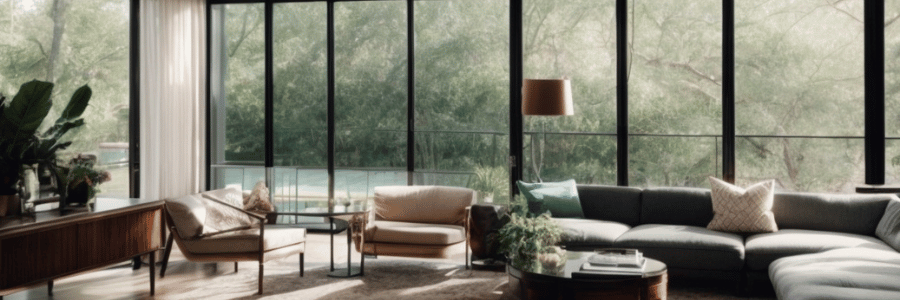
The Benefits of Window Tinting
1. Energy Efficiency
One of the primary benefits of window tinting is improved energy efficiency. Tinted windows can significantly reduce heat gain from sunlight, which helps maintain a cooler indoor environment during the hot summer months. This reduction in heat can lead to lower air conditioning costs, allowing you to save money on energy bills. Additionally, by keeping your home cooler, tinted windows create a more comfortable living environment, reducing the strain on your HVAC system and prolonging its lifespan. As a result, window tinting can be a wise investment for both your comfort and your budget.
2. UV Protection
Most window tints are designed to block a significant percentage of harmful UV rays that can penetrate through glass. Prolonged exposure to these rays can cause skin damage and increase the risk of skin cancer. Moreover, UV rays can fade furniture, flooring, and artwork, leading to costly replacements. By installing window tint, you can protect your family from harmful radiation while preserving the integrity of your home’s interior. This added layer of protection is especially valuable for rooms with a lot of sunlight, such as living areas and home offices.
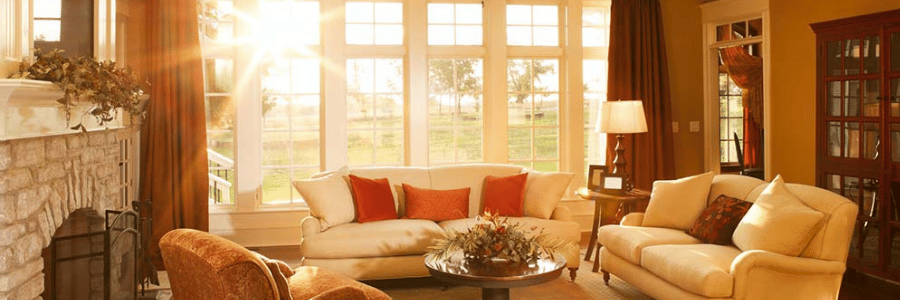
3. Glare Reduction
Excessive glare from direct sunlight can be quite disruptive, making it difficult to enjoy activities like watching TV or working on a computer. Tinted windows help to significantly reduce glare, enhancing your overall comfort and making your living spaces more enjoyable. This is particularly beneficial in rooms with large windows or where screen visibility is crucial. By minimizing glare, you can create a more functional and pleasant environment for both relaxation and productivity.
4. Privacy and Security
Window tints can enhance your privacy by obscuring the view from outside while still allowing natural light to flow into your home. This feature is especially useful in urban areas or homes that are close to neighbors. Additionally, certain types of tints are designed to make glass shatter-resistant, adding an extra layer of security. This means that if a window is broken, the film can help hold the shattered glass in place, reducing the risk of injury and deterring potential intruders. Thus, window tinting not only protects your home from outside elements but also enhances your peace of mind.
5. Aesthetic Appeal
Tinted windows can significantly improve the overall look of your home. With a variety of shades and finishes available, window tints can complement your home’s exterior design and provide a sleek, modern appearance. Whether you prefer a subtle tint or a darker shade, there’s an option that can enhance your home’s curb appeal. A well-chosen window tint can also unify the appearance of your home, creating a cohesive and polished look.

Types of Window Tint
1. Dyed Window Film
Dyed window film is one of the most affordable options available. This type of film works by absorbing solar energy, which helps to reduce heat and glare. It comes in a variety of shades, allowing homeowners to choose a look that suits their aesthetic preferences. However, it’s important to note that while dyed films can improve comfort, they may not block as much UV radiation compared to other types, making them less effective for UV protection.
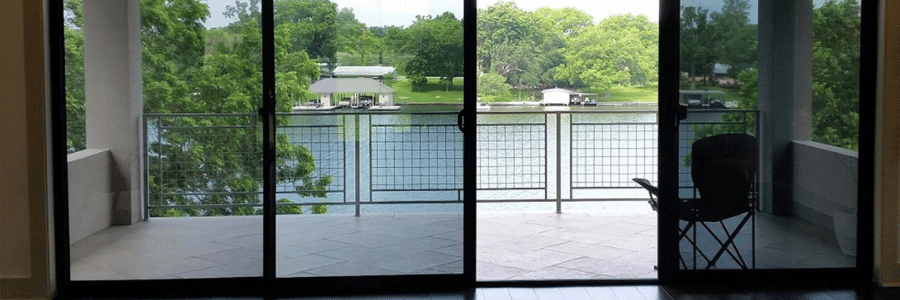
2. Metalized Window Film
Metalized window films are made with small metallic particles that reflect heat and UV rays away from your home. This type of tint offers higher durability and superior heat rejection, making it a popular choice for those in sunnier climates. However, one potential drawback is that metalized films can interfere with electronic signals, such as those from cell phones or GPS devices. Homeowners should weigh these factors when deciding on the best option for their needs.
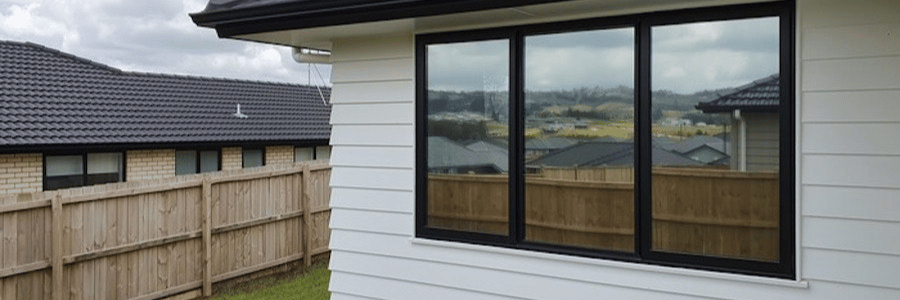
3. Ceramic Window Film
Ceramic films utilize advanced technology to provide excellent heat rejection and UV protection without compromising visibility. Unlike dyed or metalized films, ceramic films are highly durable and won’t fade over time, making them a long-lasting choice. Although they tend to be more expensive, the benefits of superior performance and longevity often outweigh the initial investment for many homeowners.

4. Hybrid Window Film
Hybrid window films combine the advantages of both dyed and metalized films. They offer good heat rejection and UV protection while minimizing glare. This type of film strikes a balance between performance and aesthetics, making it an appealing option for those looking for versatile window tinting solutions.
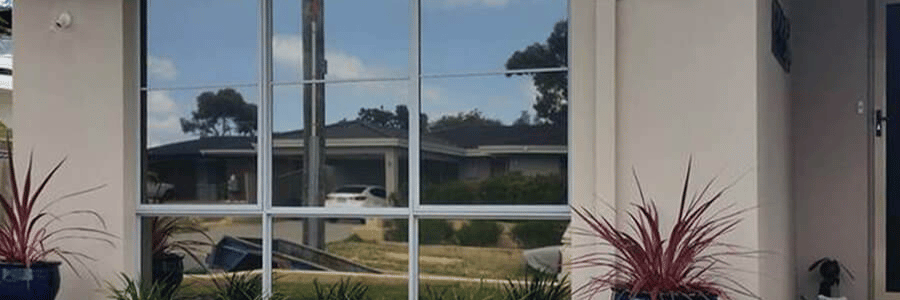
Key Considerations
1. Local Regulations
Before applying window tint, it’s essential to check local regulations or homeowners’ association rules regarding tinting. Some areas have specific restrictions on the level of tint allowed on residential properties, which can affect your options. Understanding these regulations can save you from potential fines and ensure that your home remains compliant with community standards.
2. Climate and Orientation
Consider your home’s orientation and local climate when selecting window tint. If your home receives a lot of direct sunlight, you may want to opt for a tint that provides maximum heat rejection to keep your home cool. Conversely, if you live in a cooler climate, a tint with good insulation properties might be more beneficial. Tailoring your choice to your specific environment can enhance the effectiveness of the tint.
3. Professional vs. DIY Installation
While DIY window tint kits are available and may seem cost-effective, professional installation is often recommended for a flawless finish. Professionals have the expertise and tools to ensure that the film is applied correctly, avoiding common issues like bubbling, peeling, or misalignment. Investing in professional installation can lead to better results and greater satisfaction with your window tinting.
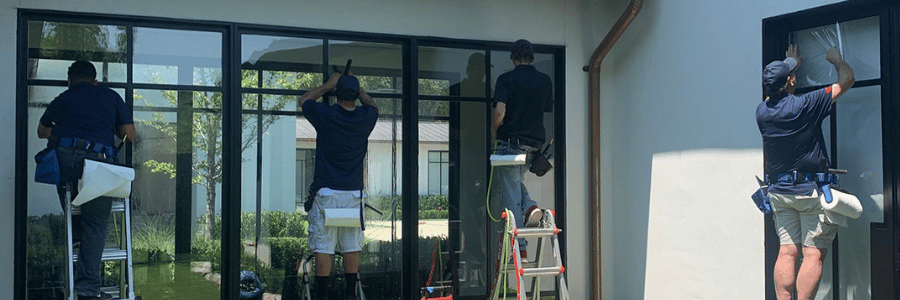
4. Warranty and Lifespan
When choosing window tint, it’s crucial to check the warranty offered by the manufacturer. High-quality window films can last many years, but warranties can vary significantly. Ensure you select a product with a warranty that covers fading, bubbling, or adhesive failure. A solid warranty can provide peace of mind and protect your investment over time.
5. Testing Samples
If possible, request samples or visit a showroom to see different tints in action. Observing how the tint looks in natural light can help you make an informed decision about aesthetics and functionality. This firsthand experience can clarify how different tints will enhance your home’s appearance while providing the desired benefits.
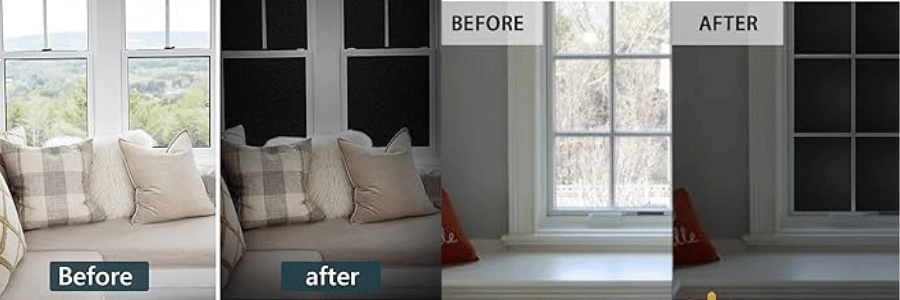
Conclusion
Choosing the right window tint can significantly enhance your home’s comfort, energy efficiency, and aesthetic appeal. By carefully considering the benefits and types of tints available, as well as essential factors like local regulations and installation options, you can find the perfect solution for your home. Investing in quality window tinting not only improves your living environment but also protects your family and belongings from harmful UV rays and excessive glare. Whether you opt for professional installation or a DIY approach, the right window tint can make a meaningful difference in your home, elevating both your comfort and overall quality of life.
